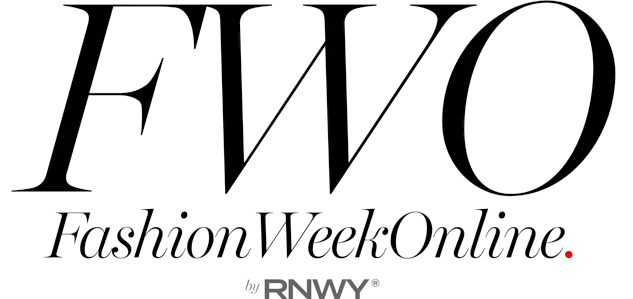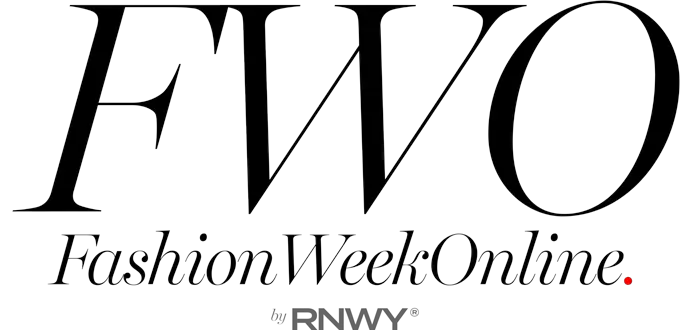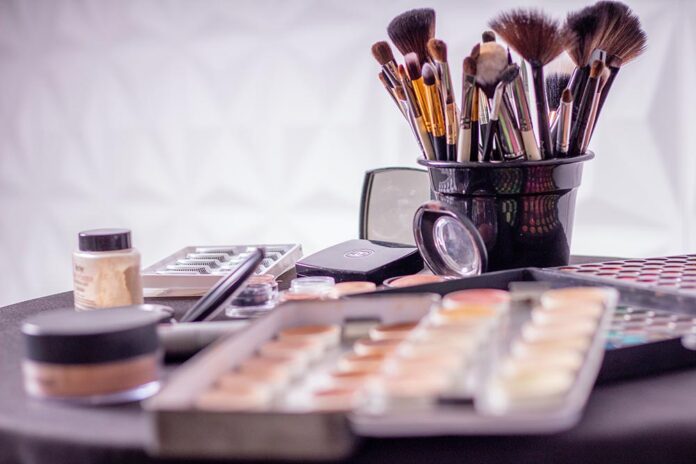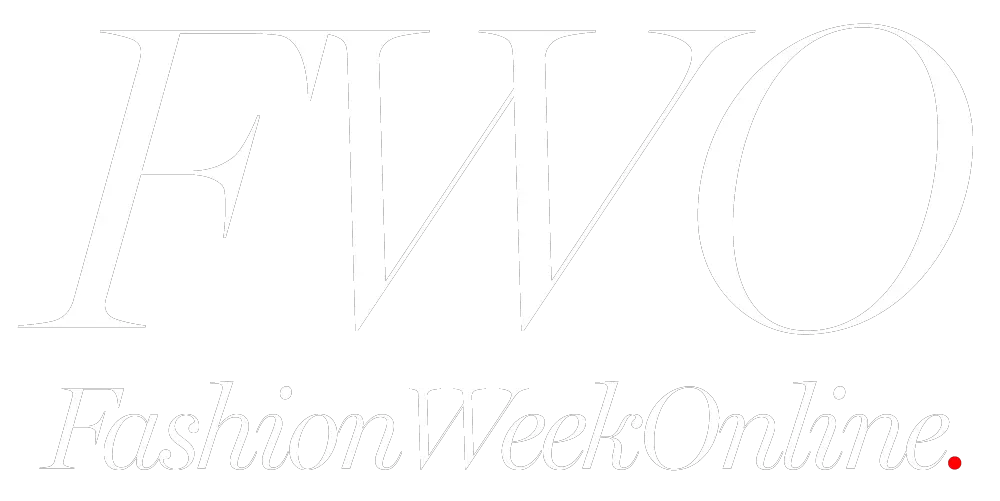What Makeup Brands Mean When They Say “Cruelty-Free”
Beauty brands across the market have slowly adopted this concept of being “cruelty-free.”
In short, that label means that the products by that distributor have not been tested on animals. But what does that really mean?
A Standard Definition
For some companies, cruelty-free can mean a litany of things:
- Products have not been tested on animals
- Products are not made with anything animal-related
- Products have not been tested on animals but do use animal-related ingredients
- Products have not been tested on animals within the past 5 years
- Testing occurred in a different country
- Testing occurred using a 3rd party company
- The company used references from other brands that are not cruelty-free
- The company has been cruelty-free verified
According to the International Humane Society, 500,000 animals die because of cosmetic testing annually. Though the issue has gotten a little better over time, many organizations are fighting hard for cruelty-free to be a required worldwide phenomenon.
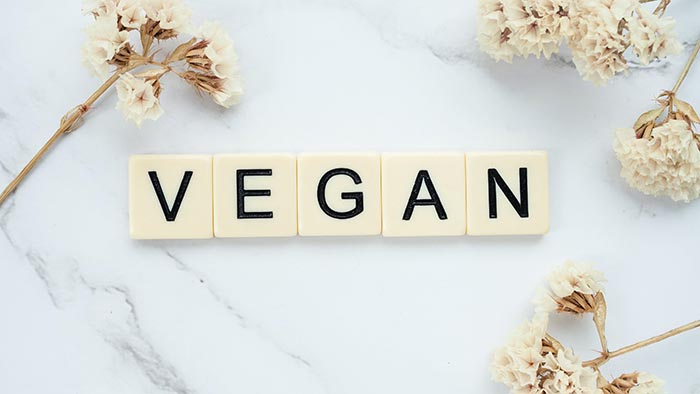
PETA
Often thought of as the godfather of all things “cruelty-free,” PETA (People of Ethical Treatment of Animals) has its own personal definition of what cruelty-free should mean.
To receive a PETA-approved stamp, a company must do the following:
“Companies and brands must commit never to conduct, commission, pay for, or allow tests on animals at any phase of development, for both ingredients and final products.”
What Is An “Animal Product?”
You probably already know the difference between animal products when it comes to clothing. Clothing that does not embrace the use of animal products, but uses materials that resemble animal products are labeled as “faux.”
For example, creating faux fur, or faux leather are commonly used methods to give consumers an expensive feel, without harming any animals.
For some, faux products are considered negative, because in theory, the closer they look to the “real deal,” the longer the positive association between animal products and clothing is perpetuated.
So what does an “animal product” mean for makeup?
You might think of this as the difference between vegan, and vegetarian.
Individuals who only eat vegan do not eat anything that has involved the use of animals – period.
For example: butter, milk, eggs, and cheese are not considered vegan because although there were no animals necessarily harmed or killed in the process, the animals are still being farmed and cultivated for their goods.
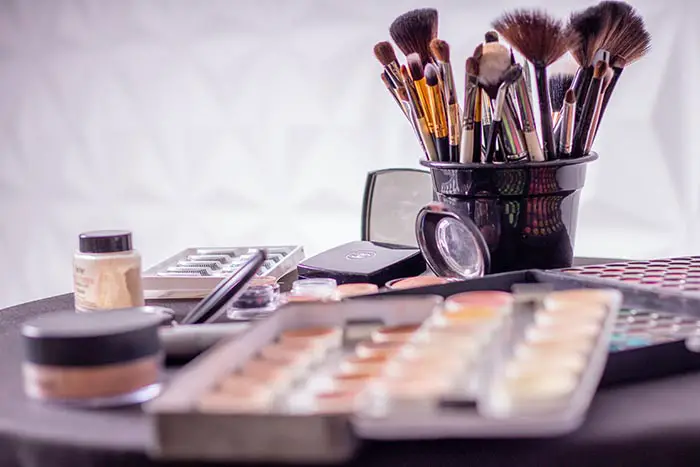
The same goes for makeup. Lots of makeup brands use the following items in their products that would be considered non-vegan:
- Oils: Many animal-derived oils are used for moisturizers, serums, and skin-enhancement related products, for example…
- Emu Oil
- Mink Oil
- Musk Oil
- Bee Derived: Bee ingredients are used for many skin products, and lip plumpers
-
- Propolis
- Pollen
- Honey
- Royal Jelly
-
- Silk: Silkworms are notably used to make some clothing items, and bedspreads, but they’re also used to form a powder seen in makeup products.
- Gelatin: Made from the boiling of pig/cow hooves, and/or bones, gelatin is an ingredient often seen in face masks, and shampoo.
- Cochineal: To make certain cosmetic products achieve their red-dye, a secretion extracted from a female lac beetle is added. It’s sometimes also associated with carmine, because carmine is essentially made of crushed beetle bodies. These ingredients are seen primarily in lipsticks, and chapsticks.
- Tallow: Made of extra animal fat, tallow can be used in almost any cosmetic product… eye makeup, foundations, and lipsticks.
History of Cruelty-Free
Cruelty-free is not a new concept. In fact, Cruelty-Free International was founded in 1898 with the purpose to end animal testing and experimentation.
The cruelty-free movement has made significant progress in recent years.
According to the International Humane Society; in 2017, the United States brought up legislation to ban animal testing in makeup, and in 2018, California adopted the ban of selling animal-tested products.
But there’s still a long way to go.
Cruelty-Free Status
Depending on where a brand seeks to receive cruelty-free certification, the cost and requirements can vary.
As a consumer, keep an eye out for official cruelty-free labeling. Additionally, companies with cruelty-free methods should be pretty transparent about their ingredients.
Fièra Cosmetics is a good example of a cruelty-free brand that embraces other all-natural practices such as paraben-free, fragrance-free, and BHT & BHA free as well.
Know what you’re purchasing, and who you’re purchasing from. For more information, click here.
And learn what you can do to prevent animal cruelty.
##
With love,
FWO
